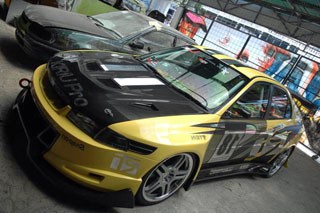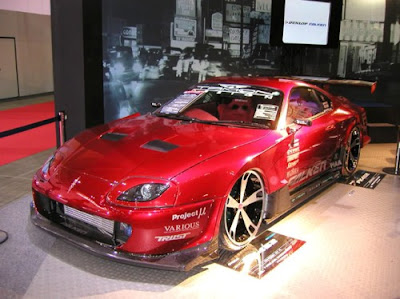
 Nissan is stepping up its efforts to create safer cars with the All-Around Collision Free prototype that incorporates two new technologies – Side Collision Prevention (SCP) and Back-up Collision Prevention (BCP) that promise to protect the vehicle and its occupants from potential risks coming from multiple directions. Interestingly, both technologies utilize the already available Distance Control Assist (DCA) and Lane Departure Prevention (LDP) systems. -Continued
Nissan is stepping up its efforts to create safer cars with the All-Around Collision Free prototype that incorporates two new technologies – Side Collision Prevention (SCP) and Back-up Collision Prevention (BCP) that promise to protect the vehicle and its occupants from potential risks coming from multiple directions. Interestingly, both technologies utilize the already available Distance Control Assist (DCA) and Lane Departure Prevention (LDP) systems. -ContinuedAccording to Nissan, when the driver decides to change lanes, the side-mounted sensors activate a warning if an approaching vehicle is detected in the driver’s intended lane. Then a yaw mechanism is activated through brake control of individual wheels, helping to prevent a potential collision.
Likewise, during a reversing manoeuvre such as when a car is backing out of a parking space, rear and side-mounted sensors detect objects in the path of the vehicle. Once an object is detected an alarm sounds followed by the activation of the brakes.




















